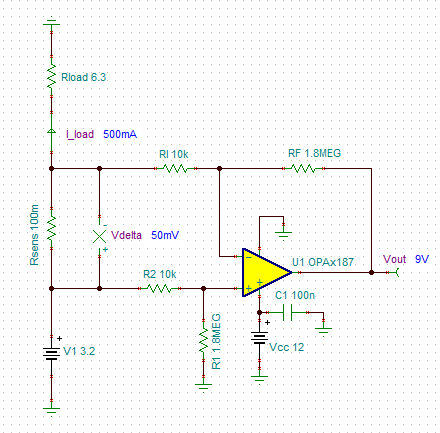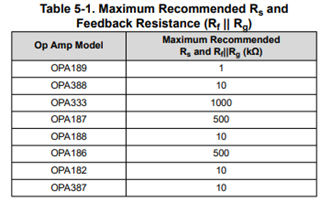Other Parts Discussed in Thread: RES60A-Q1
Tool/software:
Hi,
Greetings!
I’m Rohit Gupta, a Hardware Design Engineer at Applied Electro Magnetics Pvt. Ltd. We are currently using the OPA2187 operational amplifier for high-side current sensing. The measured current is 500 mA, and we're using a 0.1 Ω current sense resistor with a circuit gain of 180.
Based on our calculations, the expected output voltage is 9 V. However, we are observing an output of approximately 9.3 V. Could you please help us understand the reason for this discrepancy?
Additionally, could you clarify why the OPA2187 might not be suitable for high-side current sensing applications? Please note that the op-amp is powered with a single +12 V supply.
Thanks,
Rohit Gupta




